Why Donor Wooing Requires WOWing
The Unfair Exchange Bernadette Jiwa, The Story of Telling.
“That will be eight dollars,’ the woman, who is carefully weighing and wrapping two serves of freshly made fettuccine for us to take home, says.
As my husband is about to hand her the cash, she takes another handful of the pasta from behind the glass and adds it to our package.
She doesn’t announce that she’s giving us twenty per cent extra for free.
She doesn’t even invite us to notice the gesture at all.
It’s enough for her that she knows she has added value.We think of value as a hard metric—the anticipated fair exchange of this for that.
But value can be a surprising, generous, unfair exchange.
Something that is given because we can, not because we must.“
Ah… value.
Wow, wow, WOW!
This is what all fundraising, fundamentally, is about.
Yet one side of the exchange is a hard metric: The donor’s cold, hard cash.
While the other side of the exchange is something decidedly less tangible: Freely given gratitude from you and your organization.
Or at least that’s how it should work.
The Difference between ‘We Must’ and ‘We Can’
What does your donor love and loyalty plan look like?
Do you even have such a plan?
If the only reason you acknowledge donations is because you feel you ‘must,’ it’s likely your donors aren’t walking away from the encounter feeling much more than matter-of-fact. The transactional receipts many organizations send out are registered by the donors as “Ho, hum. Guess I’ll go file this with my tax receipts.”
This kind of exchange is fair, sure.
But it’s not generous.
WHAT ELSE DO YOU HAVE TO GIVE?



 For this year’s appeal, are you shooting from the hip?
For this year’s appeal, are you shooting from the hip?
 The Unfair Exchange
The Unfair Exchange
 Is there a best way to raise money?
Is there a best way to raise money?


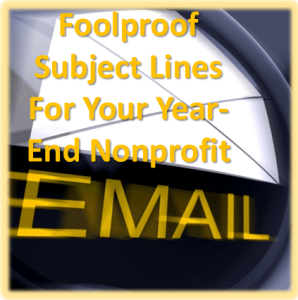

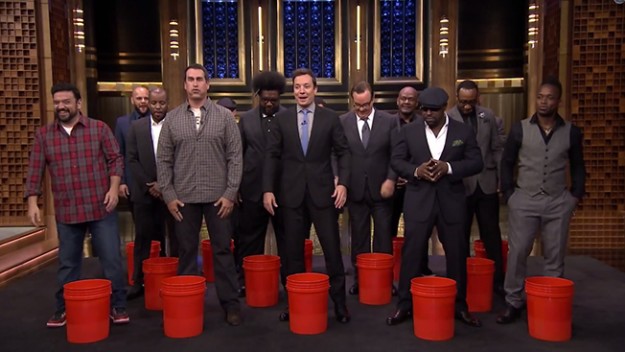


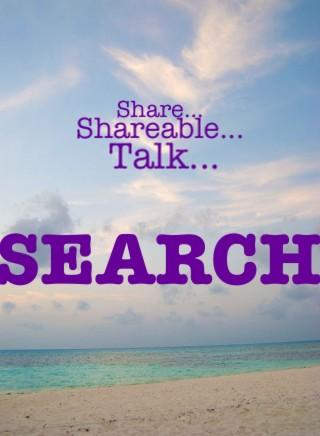


 Giving is an emotional experience. It deserves an emotional response.
Giving is an emotional experience. It deserves an emotional response.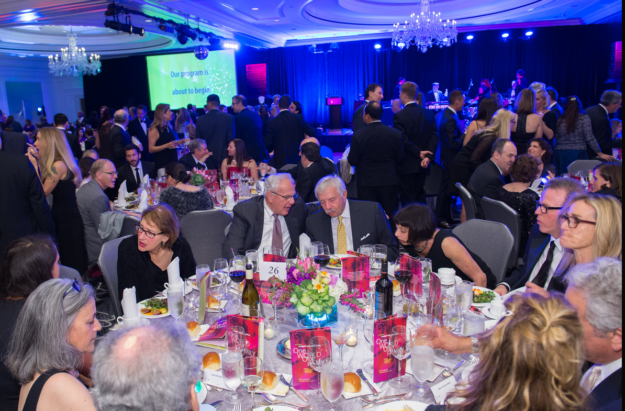



 Trust defines the credibility and legitimacy not only of your organization, but of the entire social benefit sector. Yet too few organizations make the effort to operationalize this construct into their fundraising and marketing planning.
Trust defines the credibility and legitimacy not only of your organization, but of the entire social benefit sector. Yet too few organizations make the effort to operationalize this construct into their fundraising and marketing planning.
 You asked a bunch of folks to give a year ago. Some did.
You asked a bunch of folks to give a year ago. Some did.

 You are known by the company you keep.
You are known by the company you keep.
 “Begin at the beginning and go on till you come to the end; then stop.” So wrote Lewis Carroll in Alice in Wonderland.
“Begin at the beginning and go on till you come to the end; then stop.” So wrote Lewis Carroll in Alice in Wonderland.

 Giving is an emotional experience. It deserves an emotional response.
Giving is an emotional experience. It deserves an emotional response.

 Times are tough. It’s easy to get demoralized. Especially if you work for a business, nonprofit or otherwise, that doesn’t feel ‘essential’ in today’s environment.
Times are tough. It’s easy to get demoralized. Especially if you work for a business, nonprofit or otherwise, that doesn’t feel ‘essential’ in today’s environment.

 During a crisis is no time to be passive. Build a list of audiences, prioritize contacts among those lists, and develop a step-by-step written PLAN to reach out. With updates, engagement opportunities, little gifts of content folks can use, and opportunities to contribute and make a demonstrable difference.
During a crisis is no time to be passive. Build a list of audiences, prioritize contacts among those lists, and develop a step-by-step written PLAN to reach out. With updates, engagement opportunities, little gifts of content folks can use, and opportunities to contribute and make a demonstrable difference.
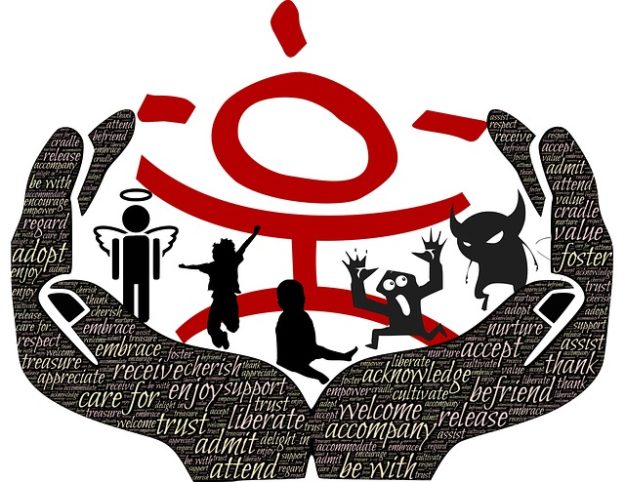
 When people give to you for the first time, often they know very little about you. Perhaps they found you through a link on social media. Or organic search. Or through a friend who emailed them a link to your appeal.
When people give to you for the first time, often they know very little about you. Perhaps they found you through a link on social media. Or organic search. Or through a friend who emailed them a link to your appeal.









